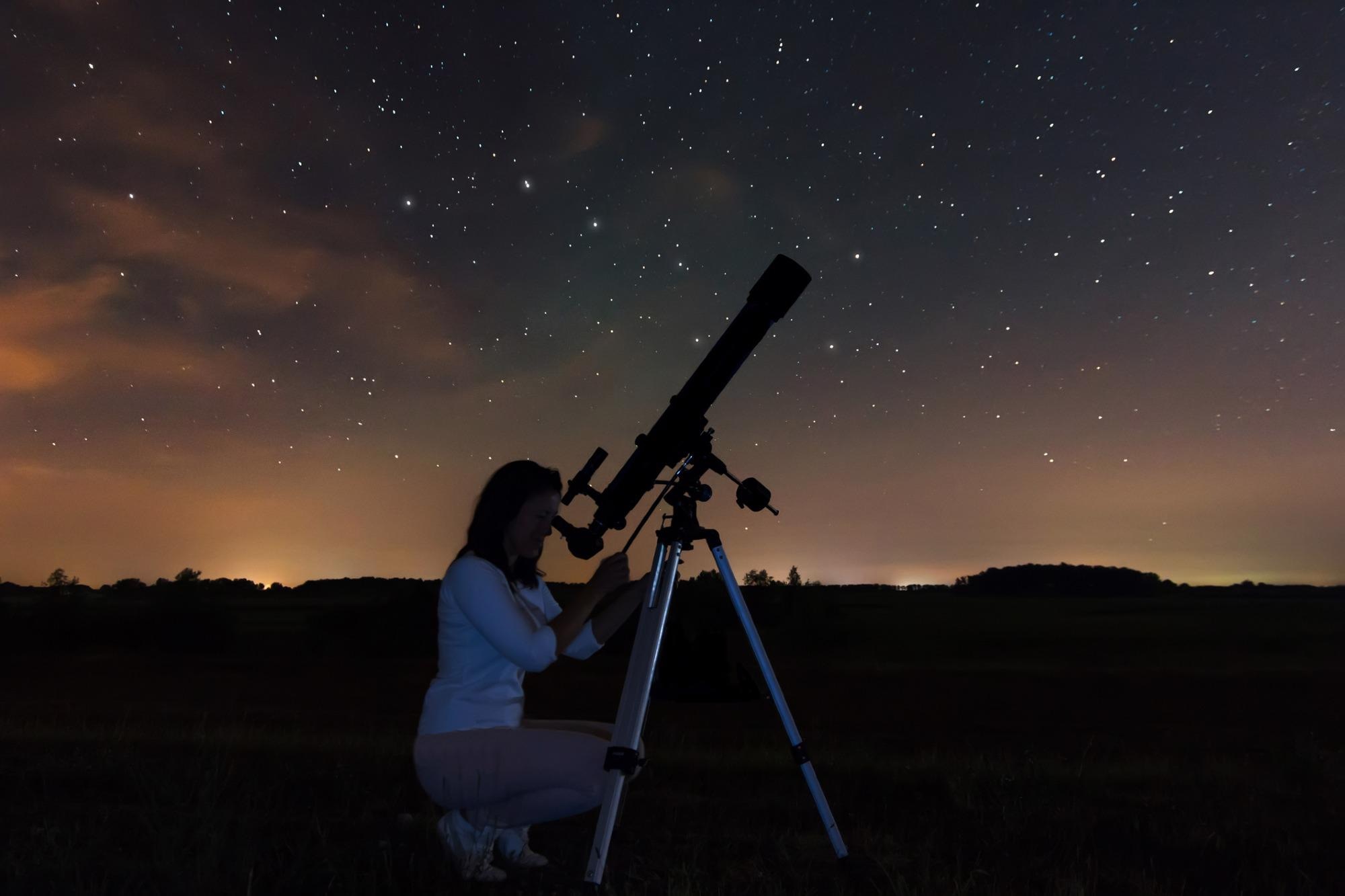Charles Darwin University (CDU) students are joining a team of NASA-funded scientists and astronomers to observe Pluto pass in front of a distant star in Katherine on June 1.
 CDU students will join NASA scientists and astronomers to observe the rare astronomical event of Pluto stellar occultation in Katherine. Image Credit: Charles Darwin University
CDU students will join NASA scientists and astronomers to observe the rare astronomical event of Pluto stellar occultation in Katherine. Image Credit: Charles Darwin University
The event, known as a stellar occultation, happens when Pluto passes in front of a distant star and casts its shadow on the Earth, much like a solar eclipse.
The Earth, Pluto and the distant star would be perfectly aligned, and the centre of Pluto’s shadow will be located north of Katherine.
CDU students are joining teams of observers from the United States that are bringing 12 portable telescopes set up between Darwin and south of Katherine to watch Pluto pass in front of the distant star.
This is the first time that NASA telescopes will be set up in Australia, making it a valuable opportunity for the students and community to get involved.
CDU STEM Pathways lecturer, Dr Carla Eisemberg, said this is a once-in-a-lifetime astronomical observation that is also exciting for the community.
“It is fantastic that NASA is engaging with our CDU students and the community. Their research is fascinating and will help to inspire Territorians interested in careers in technology and science,” Dr Eisemberg said.
Observing such a precisely timed event takes practice, so plenty of practice time is planned to acquaint the students with the telescopes and equipment so they can be full participants in this astronomical observation.
The observation will tell astronomers information about the structure and state of Pluto’s atmosphere, seven years after NASA’s New Horizons spacecraft visited Pluto in July 2015.
The path that Pluto follows around the Sun is tilted compared to the rest of the solar system, and the path is shaped more like an ellipse than a circle, making Pluto a dynamic world.
Pluto’s atmosphere and surface both change during the planet’s 248-year-long trip around the Sun, and the new observation will help scientists identify the latest changes.
The NASA-funded scientist team is planning some outreach programs in which they will present an overview of the observation campaign and an update on NASA's New Horizons mission since its Pluto flyby.
A community workshop and seminar will be held at CDU’s Katherine rural campus from 6.30 to 10.30pm on May 29, where the community is welcome to come to meet the astronomers as they practise with the telescopes, with an opportunity to look at the stars and planets through the NASA telescopes.